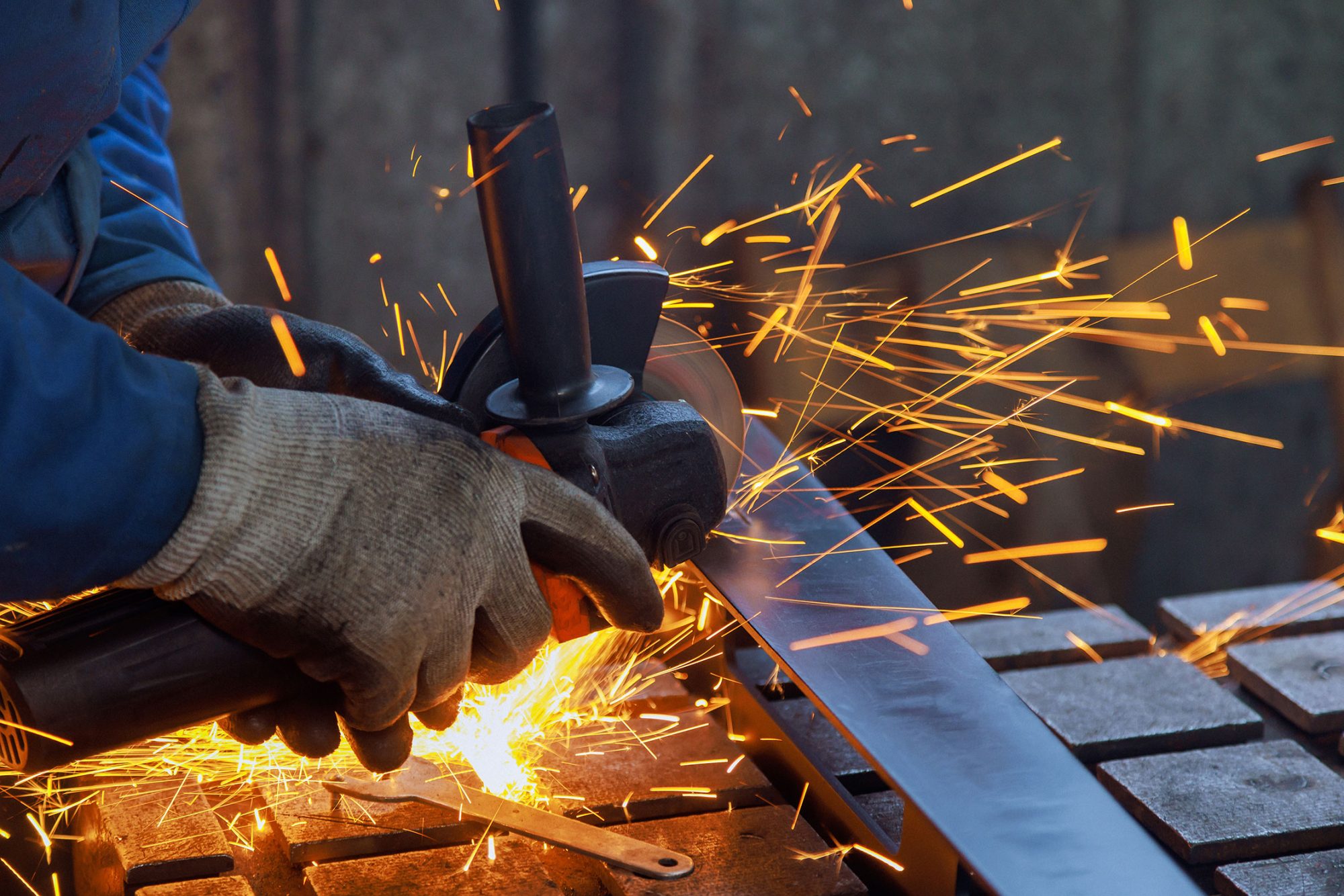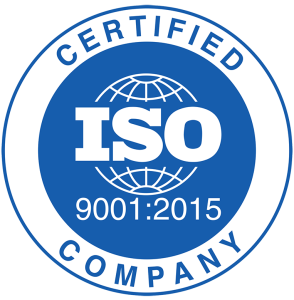Our team has been a part of the tubing industry since 2004. As the years have gone by, we’ve helped a diverse collection of clients. This has allowed us to develop our skills and continue to produce quality merchandise. People therefore consider our ERW tubes to be the best available. With just a single call to us, they can be yours.
Various ERW operations exist for tube production. It’s true that every procedure includes its own attributes. However, each one has something in common; they all create a forged weld. The welds are made with a combination of pressure as well as heat, or forging power to the weld area. The two leading variants of ERW are rotary contact wheel and high frequency. We’ll be talking about the former here.
With this type of welding you channel the electric current via a contact wheel at the weld section. In addition, the wheel implements some of the forge pressure.
The main wheel welders
The trio of principal rotary contact wheel welders are square wave, DC, and AC. With these three power supplies, brush assemblies convey the electrical currents. Said assemblies engage slip rings, which you connect to a rotating shaft. This underpins the contact wheels. They move the current to the strip edges.
Inside an AC rotary contact wheel welding mechanism, the current moves to the rotating shaft through the brushes. This shaft has a transformer installed on it. It’s the transformer’s function to limit the voltage and also heighten the current. Afterwards, it becomes fitting for welding.
At Union Steel Tubes, we really care about our customers’ needs. To ensure that they are satisfied, we only provide them high performance ERW tubes. We confirm the status of each tube by subjecting them to a menagerie of tests. Once they’re given the all clear, we can then distribute them.
If you would like to purchase some of our goods, please get in touch. We can discuss shapes and sizes with you, consequently ensuring the products we offer suit your application.


